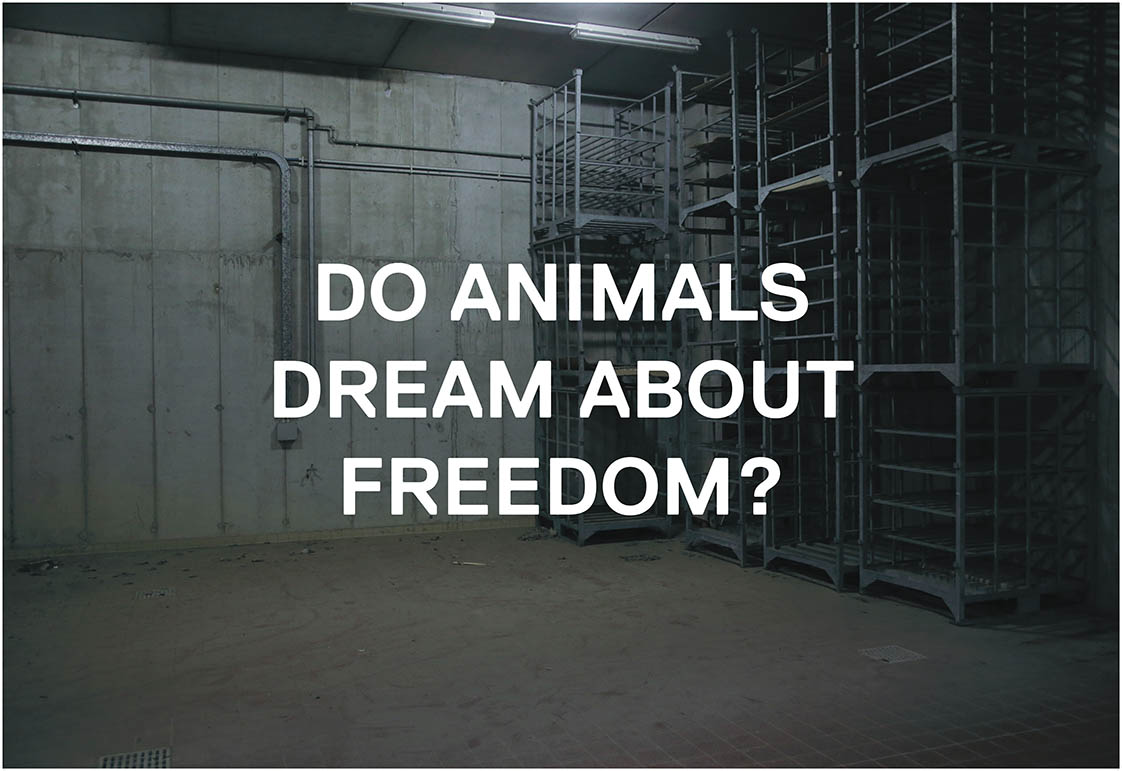20/10/ 2023 - 12/05/ 2024

All That We Have in Common is an international exhibition of works in search of mutual support networks, extremely necessary in situations of general insecurity, that aim to strip away the precarious socially constructed discourse and its manifestations in the context of current and historical global injustices.
The 2023 edition of the exhibition addresses themes from a range of historical and contemporary circumstances, including global conflicts, gender exploitation, colonialism, racism, inhumane treatment of migrants, animal cruelty, health crises, and individual and collective states of vulnerability and fragility, with an emphasis on how these events, processes and situations produce unequal dynamics of power, violence and harm to marginalized individuals, but also the need to find a way out of the personal and political imprisonment.
The exhibition emphasizes both the suspicion towards the absolutism of anthropocentrism as a massively powerful concept and towards the specific histories of injustice that it hides. Politically and emotionally, it reveals the complex intersecting webs of vulnerability and guilt that exist among us, other species, and humans of the past, present, and future.
In this so-called shock of anthropocentrism, artists contemplate the generation of new political arguments, new narratives, new languages and new ways of artistic engagement, for an urgent rethinking of human and non-human life beyond the established standards of valuation and behavior.
As a result, the exhibition aims to explore the “collaborative survival” developed through artworks in which anthropocentric thinking is reconciled in imagination and narrative of survival, ensuing different forms of connection, dependencies, and symbioses for mutual rescue.
Simultaneously, it explores care as an intimate relationship that intersects the social and the political, the subjectivity and solidarity within the framework of emotions, politics, ecology and community.
Participating artists: Darko Aleksovski (N.Macedonia), Meriem Bennani (Morocco/USA) and Orian Barki (Israel/USA), Jakup Ferri (Kosovo/Netherlands), Igor Grubić (Croatia/Italy), Kapwani Kiwanga (Canada/France), Ilija Prokopiev (N. Macedonia/Slovenia), Zorica Zafirovska (N. Macedonia), Driant Zeneli (Albania/Italy), Lana Čmajčanin (Bosnia and Herzegovina/Austria).
The exhibition is curated by Jovanka Popova
Iliana Petrusevska’s graphic design for the exhibition is inspired by Hristina Ivanoska’s “Archetype Open Form” typography.
Opening: Friday, 20 October 2023 at 20:00 Hours.
The exhibition is financially supported by the Ministry of Culture of R.N. Macedonia and Tikvesh.
Cover photo: Igor Grubic, Do Animals … ?, 2017, photography. Courtesy of the Artist